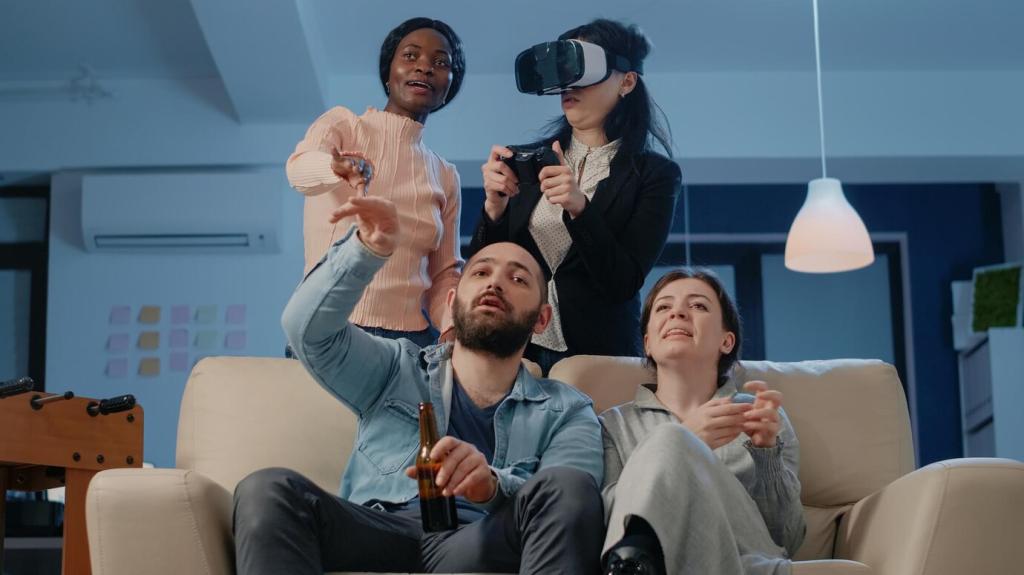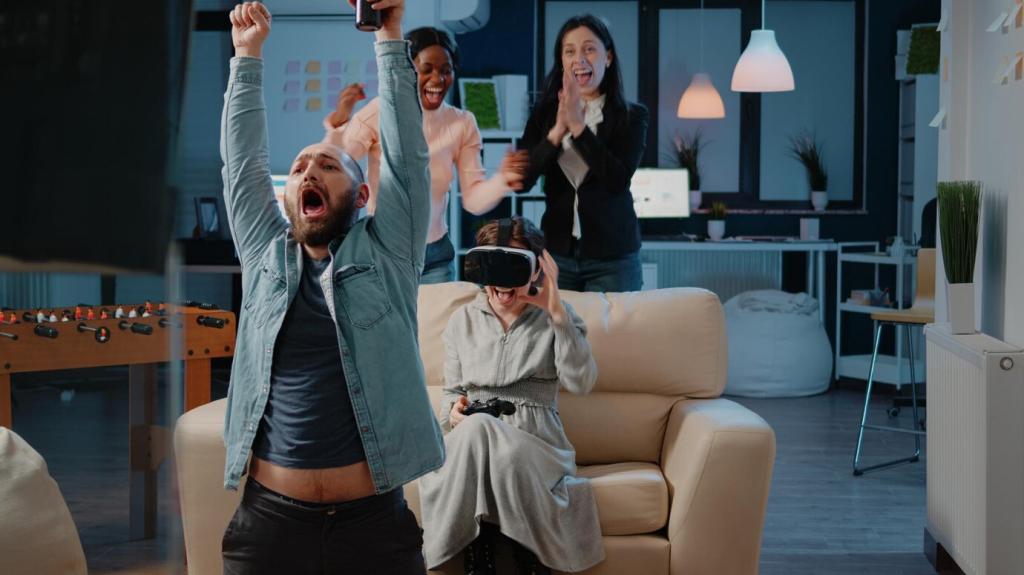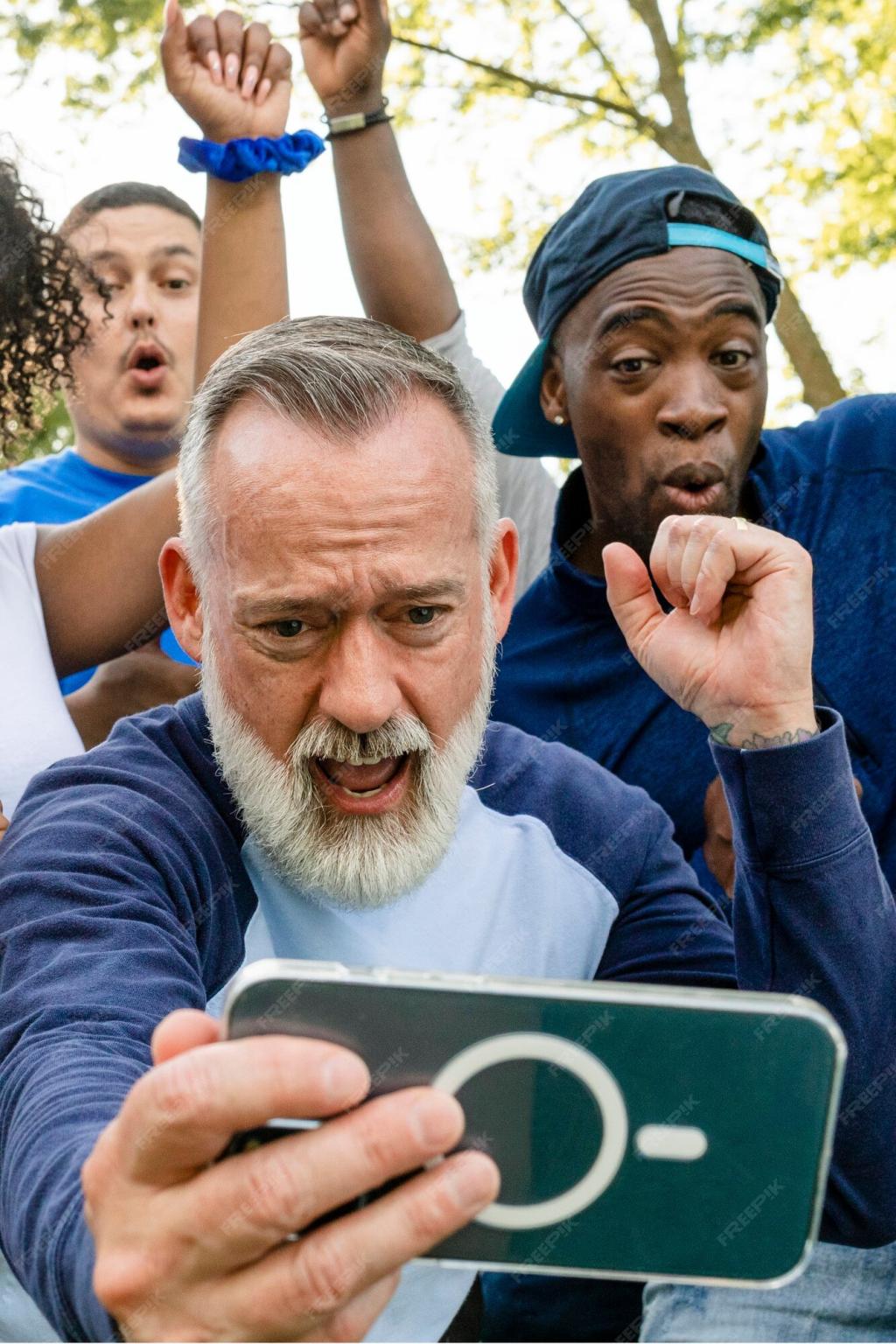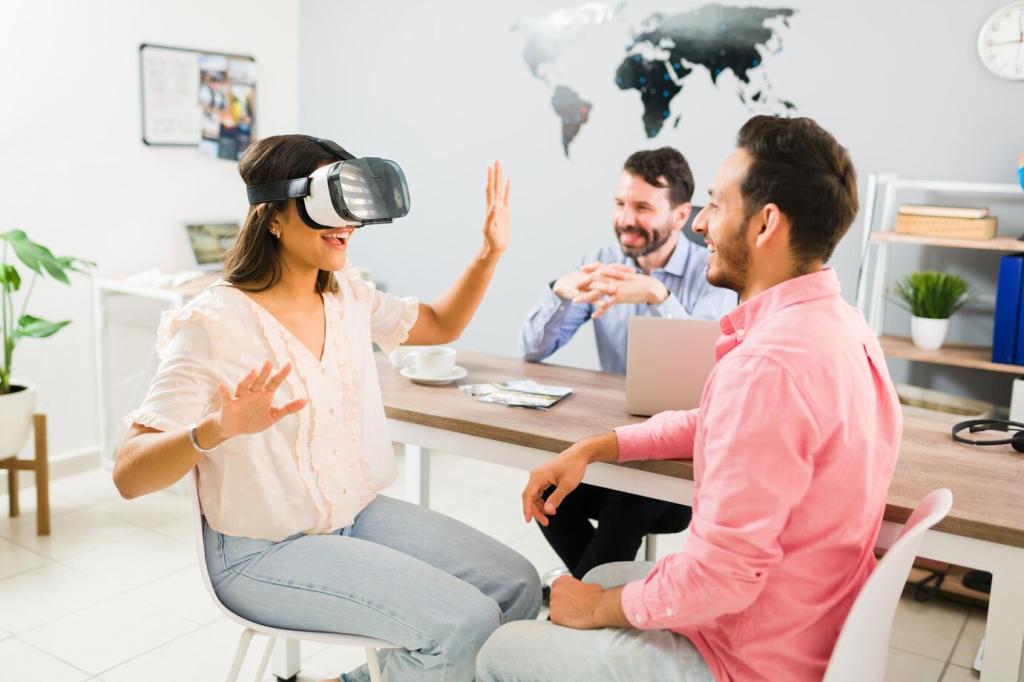
Step Into Stories: The Role of VR in Promoting Cultural Empathy
Chosen theme: The Role of VR in Promoting Cultural Empathy. Explore how immersive worlds help us understand lives beyond our own, replace assumptions with nuance, and spark conversations that continue long after the headset comes off. Share your curiosity in the comments and subscribe to follow new stories, tools, and community voices.
Why Immersion Changes How We Relate
Presence and Embodiment
Unlike a flat screen, VR surrounds you with context: voices, environments, gestures, and spatial cues that mirror everyday life. When you reach out, look around, and feel addressed, the distance between “their experience” and “your attention” narrows in powerful, memorable ways.
From Observation to Participation
Empathy grows when we move from watching to participating. In VR, you do not just witness a festival, classroom, or family dinner; you attend it. Participation invites respect, curiosity, and patience, helping you notice details that challenge stereotypes and reward deeper listening.
A Moment That Lingers
Many first-time viewers recall a single glance or greeting that stays with them for months. One educator described removing the headset after a community VR piece and realizing she had unconsciously mirrored a host’s smile—an involuntary sign of connection she later discussed with her students.
Real Projects Building Cultural Bridges
01
Stories of Displacement and Dignity
Projects like Clouds Over Sidra invite viewers into daily life in a refugee camp, focusing on routines, aspirations, and relationships rather than only crisis. By foregrounding ordinary moments, the experience resists pity and instead fosters respect, humility, and practical solidarity.
02
Dialogues Across Conflict
The Enemy places you between individuals from opposing sides of real conflicts, letting each person speak in their own space and words. Standing eye level with both dissolves caricatures, emphasizing complexity over simplicity and encouraging thoughtful conversation after the headset comes off.
03
Histories Made Present
Works like Traveling While Black and Carne y Arena bring historical and contemporary experiences into felt proximity. The result is not shock for its own sake, but context: names, places, and choices gain texture, making it harder to dismiss or oversimplify what communities endure and remember.

Co-Creation With Communities
Invite community partners into every stage: concept, narrative, language, casting, and distribution. Shared decision-making prevents appropriation, ensures cultural nuance, and builds trust. Ask what success means to participants first, then shape your creative approach accordingly.
Informed Consent and Care
VR can be intense. Offer clear content notes, exit options, and staff trained to support users who need breaks. For storytellers, ensure informed consent is ongoing, not a one-time signature, and provide avenues to revise, veto, or withdraw material if circumstances change.
Context, Not Voyeurism
Avoid reducing people to moments of suffering. Provide background primers, guided facilitation, and reflective prompts that frame what viewers see. Empathy grows from context and complexity, not from proximity to pain alone or sensational scenes without dignifying perspective.
Mixed Methods That Respect People
Combine pre-and-post reflections, short surveys adapted from empathy scales, and open-ended interviews. Pair numbers with narratives from both viewers and community partners. Treat data as guidance for improvement, not as proof of virtue or simplistic scorekeeping.
Behavior Beyond the Headset
Track follow-through: do viewers donate, volunteer, read more, or attend community events weeks later? Simple sign-up forms, reading lists, and gentle reminders can connect emotional insight to concrete action without pressure or performative gestures.
What to Measure—and What Not
Measure understanding, curiosity, and willingness to engage respectfully. Avoid invasive biometrics or claims that VR can replace real relationships. The goal is building bridges, not engineering feelings or making promises technology cannot keep.


Integrating VR Into Learning Spaces
Try a three-part structure: brief context and vocabulary, small-group viewing with rotating roles, and guided discussion. Provide reflection journals and optional follow-up activities that connect the experience to local history, literature, or community guest speakers.
Integrating VR Into Learning Spaces
Set up seated stations with facilitators, captions, and sanitization protocols. Pair the experience with exhibits or book displays, and invite visitors to share insights on a community board. Encourage sign-ups for future events to sustain learning across visits.

Comfort and Safety by Design
Provide seated modes, minimized camera motion, generous subtitles, audio description, and adjustable text. Offer multiple input options and clear exits. Motion-sensitive users benefit from teleport locomotion and comfort vignettes that reduce strain while preserving agency.

Cultural Nuance Over Stereotypes
Avoid essentialism by showing diverse voices within the same community. Let humor, art, work, and everyday rituals breathe. Invite advisors to review scripts and environments for accuracy, respectful language, and subtle gestures that carry meaning beyond translation.

Equity of Access
If headsets are limited, rotate viewers in small groups and mirror the experience to a screen for discussion. Offer off-headset alternatives, like 360 web players with captions, so no one is excluded from the conversation or learning outcomes.
Getting Started: Tools and a First Empathy Project
Use 360 video for real-world presence and documentary texture. Choose interactive VR when agency matters, like choosing where to stand or whom to speak with. Let your goals—listening, learning, dialogue—determine the technology, not the other way around.

